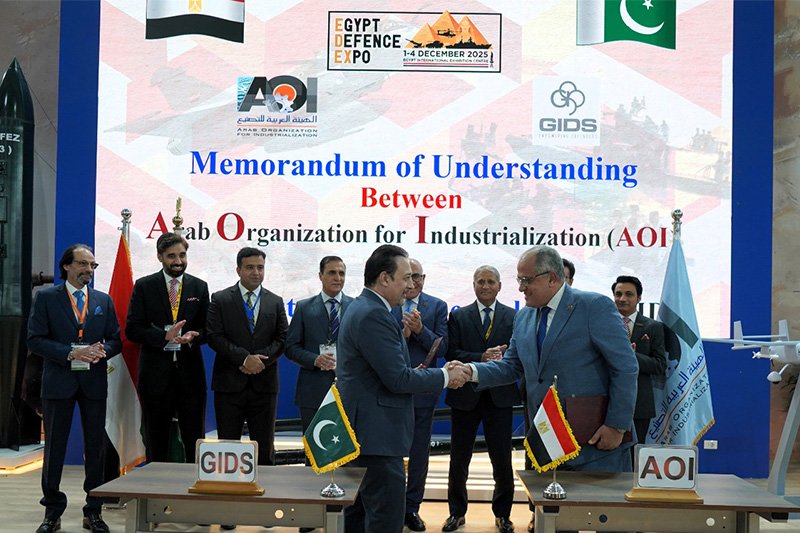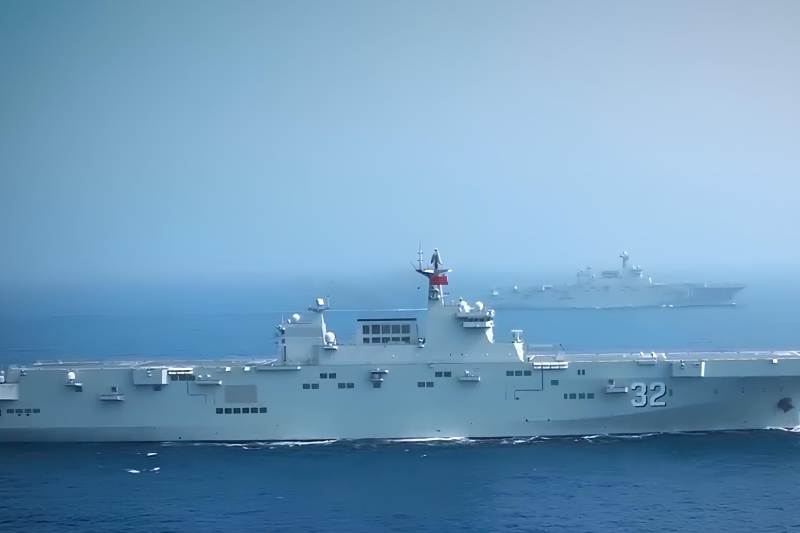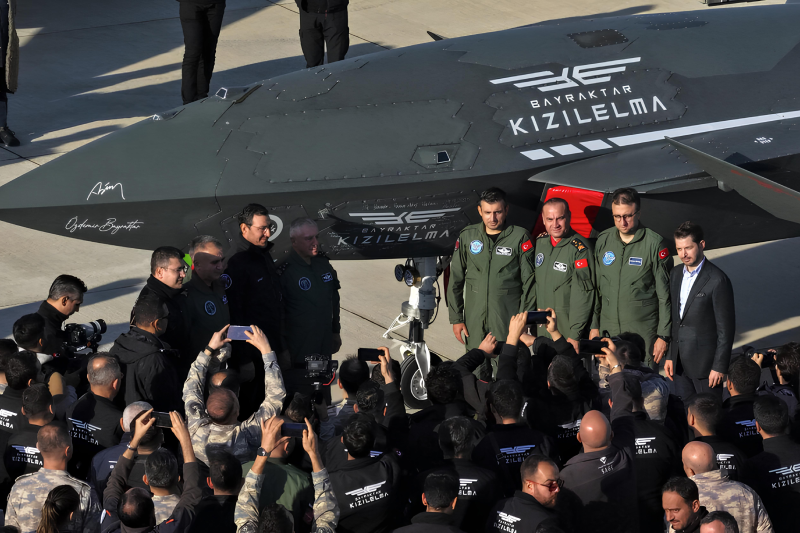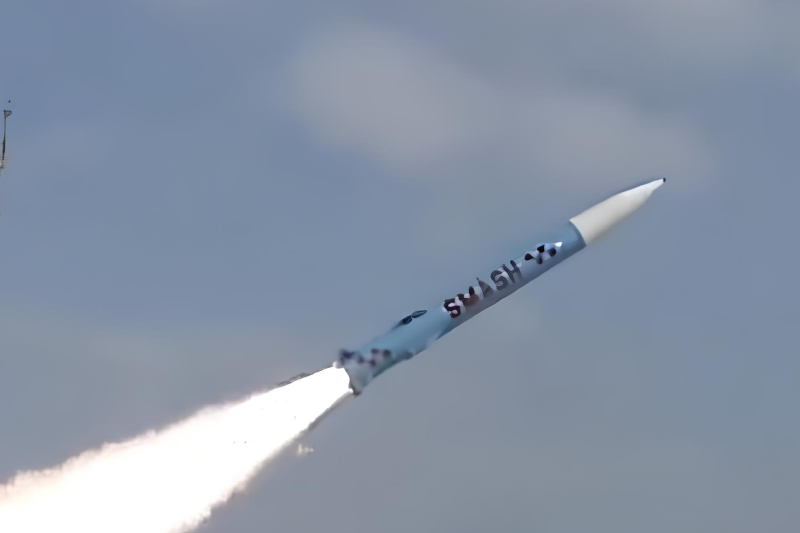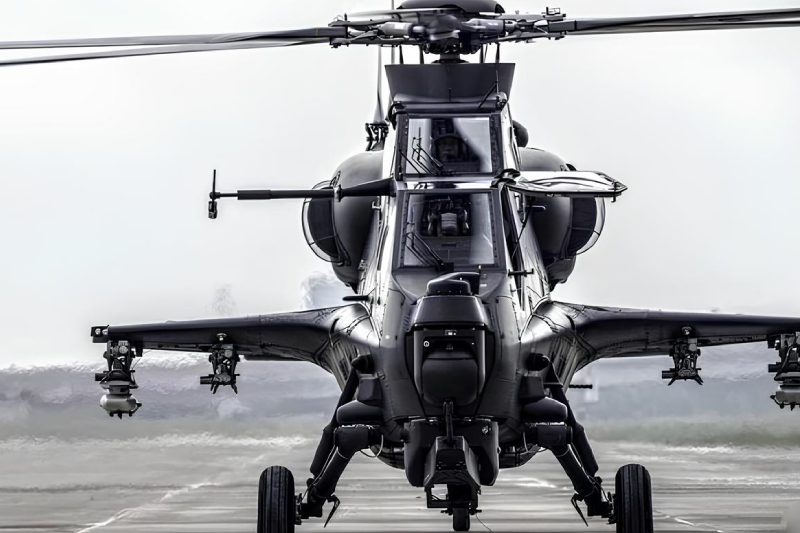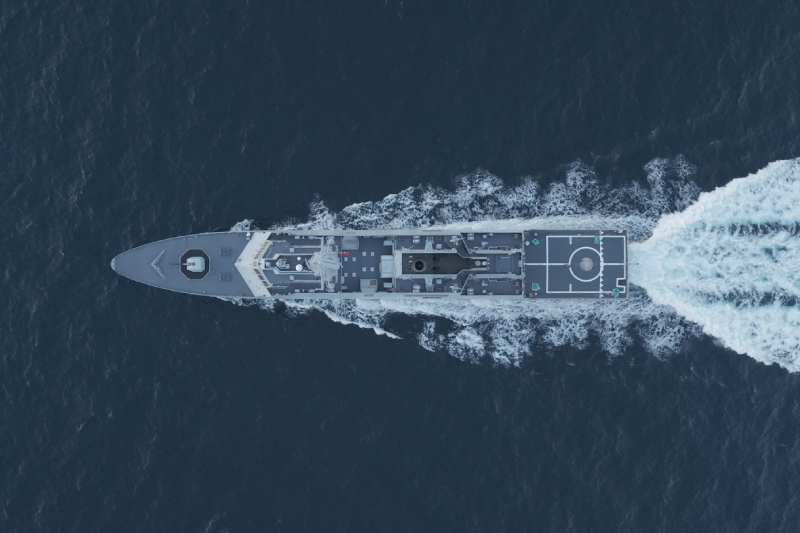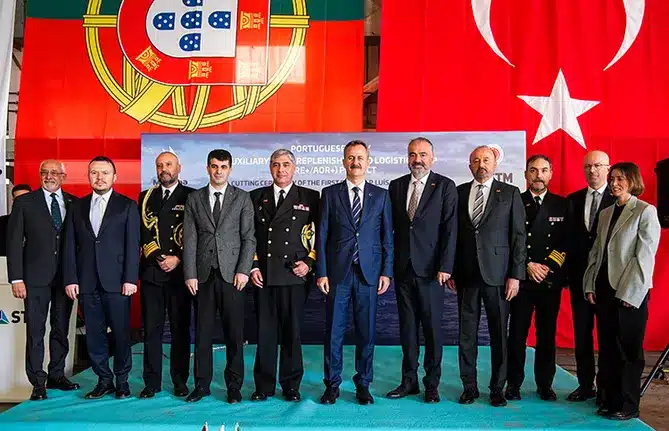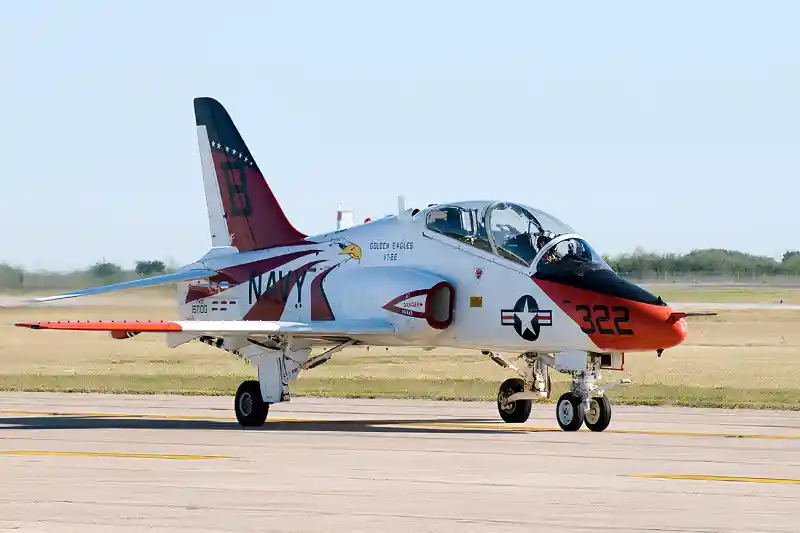US Navy Extends Operational Life of T-45 Training Aircraft
The United States Navy has officially commenced a critical life extension program for its aging T-45 Goshawk trainer aircraft fleet, marking a significant milestone in naval aviation training capabilities. The US Navy Fleet Readiness Center Southeast (FRCSE) has initiated this comprehensive program with the first two T-45 aircraft entering the extension process, representing a strategic investment in maintaining pilot training readiness while the service develops next-generation replacement aircraft.
Strategic Initiative Addresses Training Gaps
Announced in August 2024, the T-45 maintenance initiative directly supports the Navy’s broader objective of addressing pilot training gaps that have emerged as the fleet ages. The T-45 Goshawk serves as the primary two-seater platform utilized by both the Navy and Marine Corps for carrier qualification training, making it essential for certifying personnel to fly other carrier-capable aircraft. This critical role in the pilot training pipeline makes the life extension program vital for maintaining operational readiness across naval aviation forces.
The timing of this program reflects the Navy’s proactive approach to fleet management, ensuring continuous training capabilities while simultaneously working toward fielding replacement aircraft for the aging T-45 fleet. This dual-track strategy demonstrates the service’s commitment to maintaining training standards without interruption.
Comprehensive Extension Process
Under the carefully structured T-45 extension scheme, the two initial Goshawk aircraft will undergo different but complementary processes. The first aircraft will receive a specialized wing swap procedure, while the second will be subjected to comprehensive full-scale service life extension work. This phased approach allows the Navy to optimize both timeline efficiency and technical expertise development.
The wings designated for the first aircraft represent a customized repair package specifically designed to enhance timeline efficiency throughout the extension process. This innovative approach demonstrates the Navy’s commitment to maximizing operational availability while maintaining the highest safety and performance standards.
The repair process for both aircraft follows an incremental methodology, prioritizing wing repairs before progressing to complete aircraft overhaul procedures. This systematic approach ensures thorough attention to critical components while maintaining program momentum and efficiency.
Strategic Partnerships Drive Success
The Navy has established a robust partnership framework to manage the complex T-45 life extension program effectively. V2X, a Virginia-based defense contractor, serves as the primary industry partner, working closely with the Naval Undergraduate Flight Training Systems Program Office (PMA-273) and the Chief of Naval Air Training (CNATRA) to manage comprehensive maintenance across organizational, intermediate, and depot levels.
James Bock, Aircraft, Structural and Mechanical Component Lead for the FRCSE Business Development Office, emphasized the critical nature of this partnership arrangement. “The T-45 aircraft encompasses 29 distinct configurations, making the partnership with V2X particularly critical,” Bock explained, highlighting the complexity inherent in managing such a diverse fleet configuration.
The specialized training requirements for each aircraft configuration underscore the importance of technical expertise and precision in the extension process. Bock noted that technician training must be customized for specific aircraft models, ensuring that maintenance personnel possess the exact skills required for their assigned aircraft types.
Technical Complexity and Timeline
The comprehensive nature of the T-45 life extension program becomes evident when examining the technical requirements. Throughout a complete service life extension repair process, technicians must accurately complete 17 distinct technical directives, each requiring specific expertise and attention to detail. This complexity underscores both the sophistication of the T-45 platform and the importance of the collaborative approach between military and industry partners.
The program timeline extends through 2036, providing a structured framework for systematically processing the Navy’s T-45 fleet while maintaining operational training capabilities. This extended timeline allows for thorough, methodical work while ensuring minimal disruption to ongoing pilot training programs.
Boeing T-45 Goshawk Specifications
The Boeing T-45 Goshawk represents a sophisticated training platform specifically designed for carrier-based operations. Measuring 39 feet in length with a 31-foot wingspan, the aircraft provides an ideal balance of size and capability for advanced pilot training. The aircraft’s Rolls-Royce Turbomeca F405 engine delivers reliable power for demanding training scenarios.
Advanced avionics systems include two-way voice transceivers, identification friend-or-foe systems, comprehensive radar capabilities, and complete navigational suites. The aircraft can be equipped with underwing hardpoints for bombing practice, providing realistic training scenarios for future combat pilots.
Performance specifications include a maximum speed of 575 knots (662 mph), an operational range of 700 nautical miles, and a service ceiling of 30,000 feet. These capabilities ensure that T-45 training closely approximates the performance characteristics of operational naval aircraft.
Don’t miss this: Malaysia To Deploy Turkish ANKA-S Drones By 2026
Fleet Impact and Future Readiness
With approximately 180 T-45 aircraft currently serving in Navy and Marine Corps inventories, the life extension program represents a substantial investment in training infrastructure. This comprehensive approach ensures continued availability of essential training platforms while the services develop and field next-generation trainer aircraft.
The successful implementation of this life extension program will maintain critical pilot training capabilities, supporting naval aviation readiness requirements through the next decade and beyond.
Join us on Facebook, Twitter, YouTube, Instagram, and TikTok for real-time coverage of defense events worldwide.
Discover more from International Defence Analysis
Subscribe to get the latest posts sent to your email.


